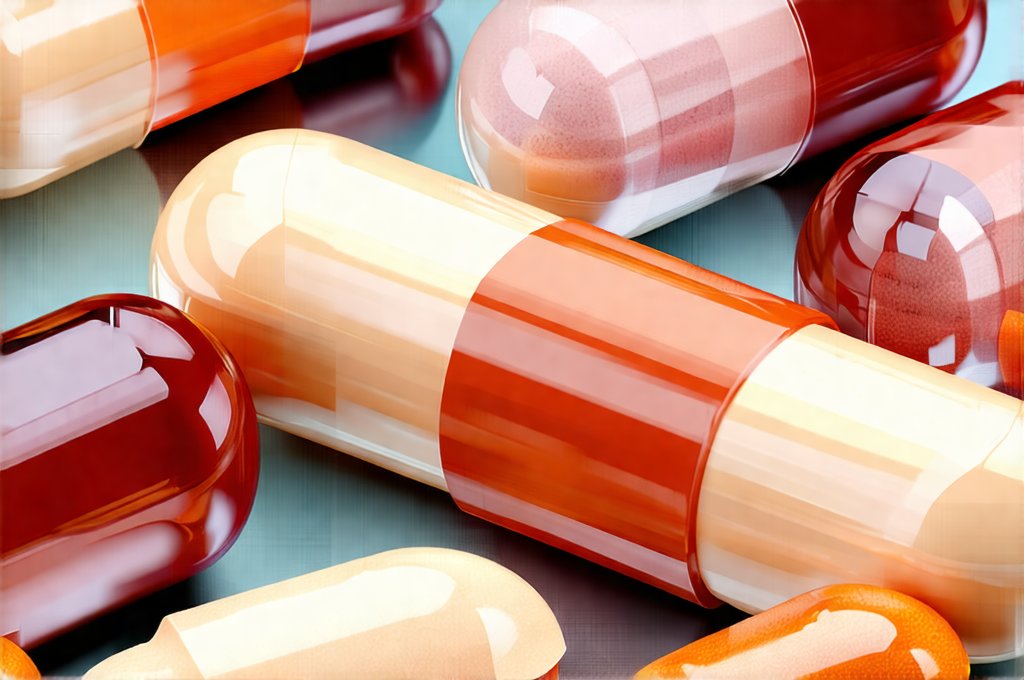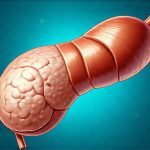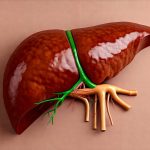The sensation of nausea after eating, particularly when it consistently occurs shortly after a meal, can be deeply disruptive to daily life. Often dismissed as simple indigestion, persistent post-meal nausea may indicate a more complex issue – specifically, an interference with the body’s natural digestive processes, including bile production and release. Bile, produced by the liver and stored in the gallbladder, is crucial for breaking down fats during digestion. When its function is compromised—either through medication side effects, underlying health conditions, or lifestyle factors—the resulting incomplete fat digestion can lead to uncomfortable symptoms like bloating, gas, abdominal pain, and, notably, nausea that seems to arrive with clockwork precision following a meal.
Understanding the interplay between medications, bile production, and post-meal nausea requires recognizing that many commonly prescribed drugs can inadvertently disrupt this delicate system. This isn’t necessarily about “bad” medications; rather, it’s an acknowledgement of potential side effects that are often overlooked or misinterpreted. Furthermore, individual responses to medication vary significantly, meaning what causes nausea in one person may not affect another. The goal is to understand the mechanisms by which certain drugs can impact bile flow and digestion, empowering individuals and healthcare providers to identify and address these issues proactively. Recognizing this connection allows for a more nuanced approach to managing digestive discomfort and improving overall quality of life. If stress or burnout contribute to your symptoms, understanding how the gut communicates with the brain can be helpful.
Medication-Induced Bile Flow Disruption
Certain medications are known to interfere with either the production of bile itself or its release from the gallbladder. This disruption can significantly impede fat digestion, leading to postprandial (after meal) nausea. Opioids, for example – commonly prescribed for pain management – frequently cause constipation and can also reduce gallbladder contractility, hindering bile flow. Similarly, some anticholinergic drugs used to treat conditions like overactive bladder or irritable bowel syndrome can decrease gut motility, slowing down the entire digestive process and impacting bile release. Even seemingly benign medications like nonsteroidal anti-inflammatory drugs (NSAIDs) have been linked to reduced prostaglandin synthesis, which plays a role in gallbladder contraction.
The impact isn’t always direct; some medications affect other physiological processes that indirectly influence bile production or flow. For instance, certain antidepressants can alter gastrointestinal motility, impacting how quickly food moves through the digestive tract and affecting bile acid reabsorption. This altered reabsorption can lead to a decrease in the overall pool of bile acids available for digestion. A key factor is also dosage – higher doses often correlate with more pronounced side effects related to bile function.
It’s important to note that this isn’t just about prescription medications. Over-the-counter drugs and even some dietary supplements can contribute to these issues. For example, excessive use of calcium channel blockers (often used for high blood pressure) or certain antihistamines could also have a negative impact on gallbladder function. Understanding the potential impact of all medications – including those readily available without prescription – is crucial for identifying the root cause of post-meal nausea. Consider how cooking oils and fats influence gut bacteria as well.
The Role of Bile Acids and Fat Digestion
Bile acids are synthesized in the liver from cholesterol, then secreted into bile, which is stored in the gallbladder until needed for digestion. When food, particularly fats, enters the small intestine, cholecystokinin (CCK) is released, signaling the gallbladder to contract and release bile. This emulsifies fats – breaking them down into smaller droplets – making them easier for pancreatic lipase to digest. Without adequate bile acids, fat digestion is incomplete, resulting in malabsorption. Undigested fats then travel further down the digestive tract, causing a range of symptoms including nausea, bloating, diarrhea, and abdominal discomfort.
This process isn’t just about physical breakdown; it’s also about absorption. Bile acids themselves are largely reabsorbed in the ileum (the final section of the small intestine) – this is known as enterohepatic circulation. Medications that disrupt this circulation can further exacerbate bile acid deficiency. The body attempts to compensate by synthesizing more bile acids from cholesterol, but this process can be limited and may contribute to other health issues over time.
The consequences extend beyond just digestive discomfort. Long-term fat malabsorption can lead to deficiencies in essential fatty acids and fat-soluble vitamins (A, D, E, and K). Identifying the connection between medication-induced bile flow disruption and these nutritional deficiencies is often critical for comprehensive management. Poor gut health may also be a root cause of hormonal acne and oily skin.
Diagnosing Medication-Related Nausea
Diagnosing the cause of post-meal nausea requires a systematic approach. The first step is a thorough medical history, focusing on all medications being taken – prescription, over-the-counter, and supplements – as well as timing in relation to meals. A detailed description of the nausea—its severity, duration, and accompanying symptoms—is also crucial. – Is it immediate post-meal or delayed? – Does it occur with specific foods? – Are there other digestive symptoms present like bloating, gas, or diarrhea?
Following a medical history review, several diagnostic tests may be considered:
1. Gallbladder Ultrasound: To assess for gallstones or structural abnormalities of the gallbladder. While not directly related to medication-induced bile flow disruption, it’s important to rule out other potential causes.
2. HIDA Scan (Hepatobiliary Iminodiacetic Acid Scan): This nuclear medicine scan assesses gallbladder function and cystic duct patency (the tube connecting the gallbladder to the bile duct). It can help determine if the gallbladder is contracting adequately in response to stimulation.
3. Fecal Fat Analysis: Measures the amount of fat excreted in stool, providing an objective assessment of fat malabsorption. This can help confirm whether undigested fats are contributing to the nausea.
It’s also important to consider ruling out other conditions that mimic medication-induced nausea, such as food allergies or intolerances, gastroesophageal reflux disease (GERD), and gastroparesis (delayed stomach emptying). If you’re feeling unwell during cold and flu season, learn how to deal with nausea.
Managing Medication-Induced Nausea: Strategies & Considerations
Once a link between medication and bile flow disruption is suspected or confirmed, several management strategies can be explored. The first line of defense should always involve discussing the issue with your healthcare provider. – Can the dosage of the offending medication be reduced? – Is there an alternative medication available with fewer gastrointestinal side effects? – Could the timing of the medication be adjusted to minimize its impact on digestion?
If medication adjustments aren’t feasible, several supportive measures can help alleviate symptoms:
– Dietary Modifications: Reducing fat intake can lessen the burden on impaired bile function. Small, frequent meals are often better tolerated than large ones. Avoiding trigger foods and focusing on easily digestible options is also helpful.
– Bile Acid Supplementation: In some cases, supplementing with bile acids (ursodeoxycholic acid) may help improve fat digestion. This should only be done under the guidance of a healthcare professional.
– Digestive Enzymes: Pancreatic lipase enzymes can aid in fat digestion, compensating for inadequate bile emulsification.
– Probiotics: Supporting gut health with probiotics might indirectly enhance digestive function and potentially improve bile acid reabsorption. Understanding how probiotic strains differ is also important when choosing the right supplement.
It is essential to remember that self-treating can be dangerous. Always consult a healthcare professional before starting any new supplements or making significant dietary changes.
Long-Term Prevention & Monitoring
Preventing medication-induced nausea requires proactive communication with your doctor and a keen awareness of potential side effects. When starting a new medication, discuss its potential gastrointestinal impact with your physician before beginning treatment. Be prepared to report any digestive symptoms promptly. Regularly review all medications with your healthcare provider to identify any potential interactions or contributing factors.
Long-term monitoring is also important. Individuals experiencing medication-induced nausea should consider periodic blood tests to assess for vitamin deficiencies and monitor liver function. Maintaining a healthy lifestyle—including a balanced diet, regular exercise, and stress management—can further support digestive health and improve overall resilience. Ultimately, managing this complex issue requires a collaborative effort between patient and healthcare provider, focusing on individualized treatment plans and ongoing monitoring. The gut’s influence extends to even motivation to move.


















